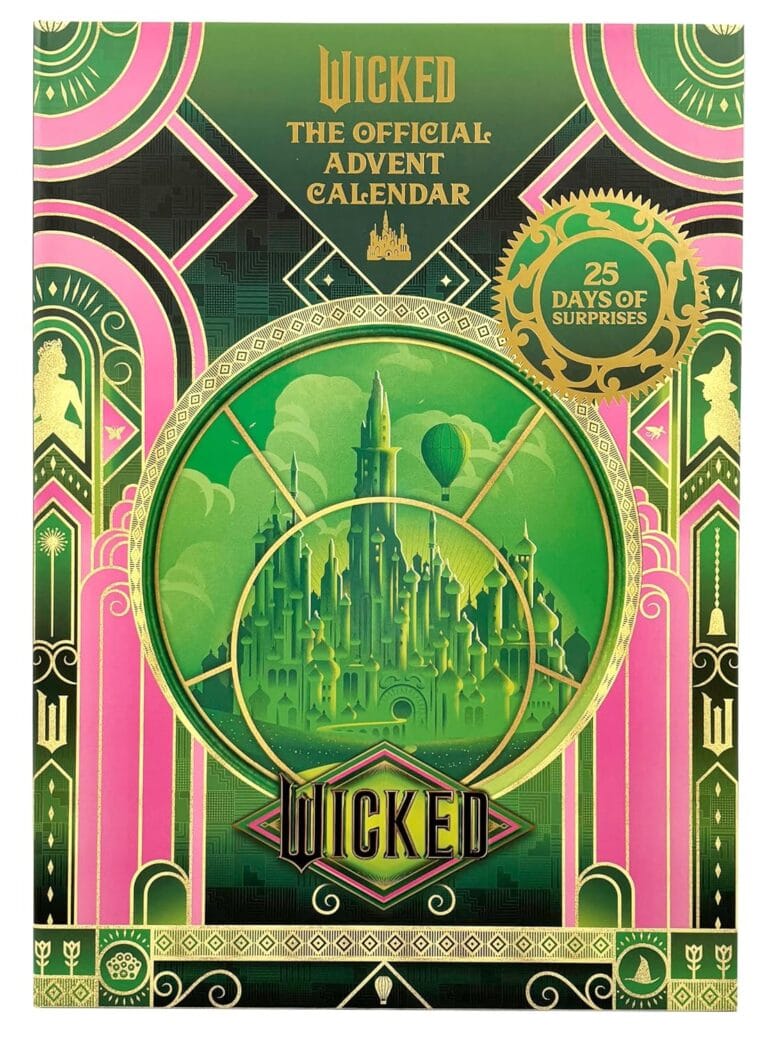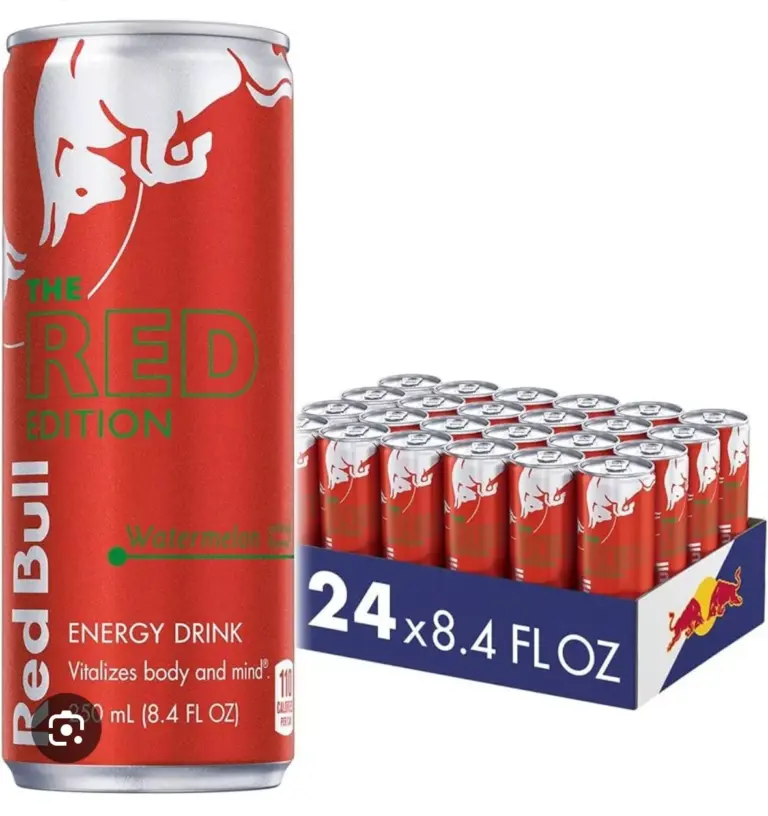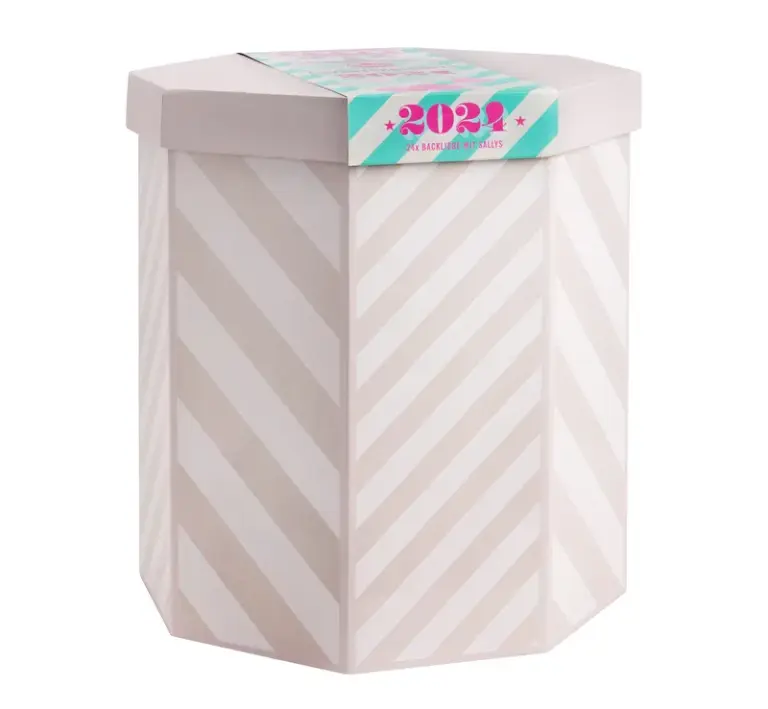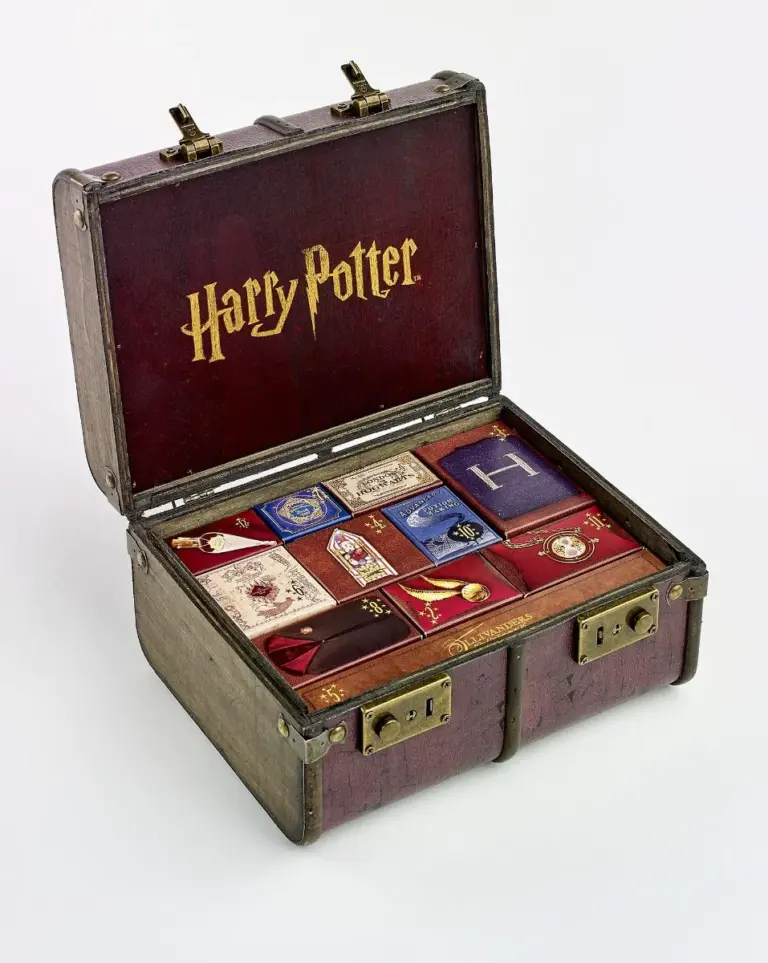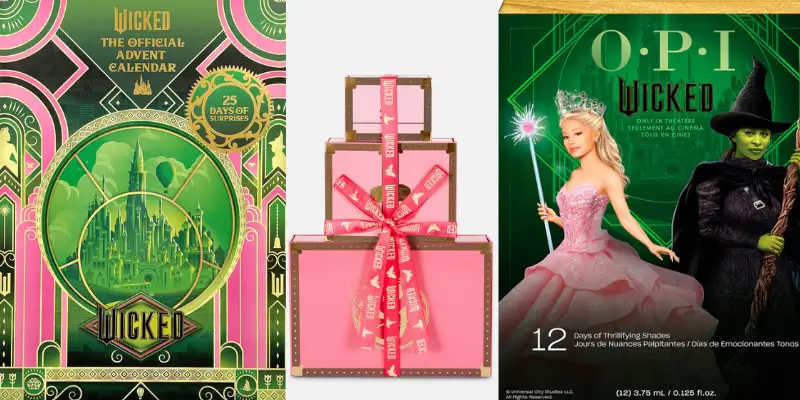Advent calendars have firmly established themselves as a beloved tradition during the holiday season. As December rolls in, individuals and families throughout the world eagerly anticipate the daily ritual of unveiling a new surprise, marking the countdown to Christmas. Although these calendars evoke excitement and nostalgia, many may not be aware of their rich history, the reasons behind their popularity, and how they have evolved into meaningful gifts for oneself and others.
Table of Contents
The History of Advent Calendars
The Advent season has a rich and multifaceted history rooted in Christian tradition. It marks a period of preparation for the celebration of the Nativity of Jesus at Christmas. The word “Advent” is derived from the Latin word “adventus,” which means “coming” or “arrival,” highlighting the anticipation of Christ’s birth.
Initially, the Advent season was observed as a time of fasting and spiritual reflection leading up to Christmas. Historical texts suggest that by the 4th century, there was a formalized period of preparation for Christmas, although its specific practices varied widely across different regions.
Theologians and church leaders began to adopt the four Sundays before Christmas as a time to prepare spiritually. The focus was not only on the anticipation of the birth of Jesus but also on His second coming, thereby encapsulating a dual aspect of hope and expectation within the season. This duality became a significant theme in Christian teaching.
As the practice of Advent grew, it began to be marked by specific themes and symbols. Each Sunday leading up to Christmas came to represent different aspects of Christian belief. Traditionally, these themes include hope, peace, joy, and love. This lent a deeper meaning to the observance, serving to reinforce the spiritual significance of the season. By the Middle Ages, the observance of Advent was well established, with churches conducting special services and utilizing liturgical colors. The color purple, symbolizing repentance and preparation, became a common choice for vestments and decorations during this time.
The origins of the Advent calendar can be traced back to the early 19th century in Germany. The idea of marking the days leading up to Christmas was not entirely new but transformed significantly with the creation of the first known Advent calendar in the 1850s. A mother crafted a simple calendar for her children by drawing chalk lines on the door or wall, marking each day of December until Christmas Day. This homemade tradition spread quickly, and families began creating their own versions in various forms.
By the early 1900s, printed Advent calendars began to appear, beautifully showcasing religious imagery, symbols of the Nativity, or simple festive designs. These early calendars were often made from cardboard and featured illustrations, which provided a tangible and visual means of counting down to Christmas. The tradition gained further traction after World War II, thanks to advances in printing and mass production techniques. This era saw the introduction of colorful, whimsical designs that captivated a wider audience, particularly children. The unveiling of small surprises behind each door became a delightful way to build excitement as the holiday approached.
Why Are Advent Calendars So Popular?
The surge in popularity of Advent calendars can be attributed to their ability to create a sense of anticipation and joy. Opening a door each day is not just about revealing a small gift or treat; it’s about cherishing moments of excitement and wonder. Each daily surprise fosters connection, as families share the experience together, creating lasting memories. This element of shared joy resonates deeply during the holiday season, a period that emphasizes family, togetherness, and celebration.
Moreover, the versatility of Advent calendars has contributed significantly to their widespread acceptance. In recent years, they have expanded far beyond traditional chocolate-filled options. Today’s offerings cater to a wide array of tastes and interests, from beauty products to coffee and even pet treats. This adaptability makes them appealing to a broad demographic, allowing everyone to find a calendar that aligns perfectly with their personal preferences. This diversity allows people to choose Advent calendars that reflect their personal tastes or those of their loved ones, making them perfect gifts for friends and family.
In today’s world, the sheer variety of Advent calendars can make it easy to feel overwhelmed when trying to choose the perfect gift for yourself or your loved ones. With so many designs, themes, and contents available, the search can be both exciting and confusing. To simplify this process and help you find the ideal Advent calendar, we curate special collections featuring the best options across various categories. This makes it easier to navigate the selection and choose something that will bring joy and delight to you or your loved ones in the lead-up to the holidays.
Who Buys Advent Calendars?
Advent calendars are appealing to individuals across generations. While parents often purchase them for their children, introducing them to the joy of anticipation and the significance of the holiday season, adults are increasingly engaging with this tradition, too. Many find joy in curated calendars tailored to their hobbies or personal interests, transforming the countdown into a more adult experience.
Nowadays, Advent calendars are not just a fun pastime for children; they have also become a cherished tradition for many adults. Each year, enthusiasts prepare for the season by hunting for the best value calendars for themselves, often finding these calendars at prices that are significantly lower—sometimes two or more times less—than the cost of their contents. In many cases, they can’t wait for the holidays and open the calendars in one go, sharing their experiences through videos on social media. They enjoy showcasing their finds and calculating their savings, turning the countdown into a shared celebration with others.
Moreover, Advent calendars have emerged as thoughtful gifts, embodying the spirit of giving that characterizes the holiday season. Offering an Advent calendar can be a delightful way to show appreciation for a friend or loved one, adding a personal touch to the gift-giving experience. The act of sharing in the joy of daily surprises can strengthen bonds and create shared moments of happiness throughout the month of December.
Advent calendars have transformed from humble beginnings into a widespread tradition cherished by many. Their ability to encapsulate the anticipation and excitement of the holiday season ensures their popularity endures year after year. Whether as a self-treat or a thoughtful gift for a loved one, Advent calendars provide daily moments of joy, making them a beloved part of Christmas preparations. As you consider bringing an Advent calendar into your home this holiday season, remember that it’s more than just a countdown—it’s a way to create cherished memories and celebrate the spirit of giving. Happy counting!





